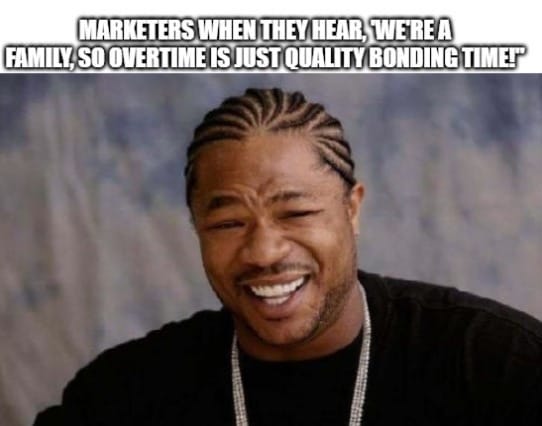Hack Intents Sell Instant
🚀 Mastering SEO Search Intents Part 2

Howdy Readers 🥰

In this newsletter, you’ll find:
💪 Mastering SEO Search Intents Part 2
🎯 New Meta Ad Tools to Boost Holiday Sales
🔍 Consumers Demand Enhanced Website Search & Holiday Shopping Insights
TOGETHER WITH INSENSE
Get ready-to-go UGC ads within 14 days for BFCM

Need lots of UGC to prep for Q4? Look no further.
Insense can manage your entire UGC ad production; from creative research to post-production.
Fast turnaround - Complete content production and video editing, from selecting the best UGC creators to getting final videos ads delivered within 14 days.
Creative strategy: Their team reviews your current creative strategies, researches your audience, and develops concepts tailored to your brand.
Ongoing optimization: They analyze the performance data to refine the creative brief for the next iterations of creative testing, enhancing performance.
And it gets even better - there's no monthly commitment.
Book a free 1-2-1 strategy call and get up to 20% off by September 27.
SEO
💪 Mastering SEO Search Intents Part 2
Insights from Samy Thuillier
In continuation of our previous article on SEO search intents, we now explore more nuanced strategies that can brands elevate their visibility and capture ready-to-buy audiences.
1️⃣Branded Search Intent
What is it?
Branded search occurs when users specifically search for your brand or products. It demonstrates higher intent as they are already familiar with your offerings.
Examples: “Nike running shoes,” “Apple iPhone.”
What to do:
Develop dedicated brand pages optimized with variations and common misspellings of your brand name.
Monitor and respond to reviews or mentions online to enhance brand authority and trust.
Use structured data to highlight reviews and star ratings directly in search results.
Example: A landing page titled “Nike Running Shoes – Official Store,” incorporating user reviews and variations like “Nikey shoes.”
Pro Tip: Use SEO to reach red-hot buyers before the competition with Ignite Digital. With their free competitive analysis gain insights into your competitors’ strategies.
2️⃣Comparison Intent
What is it?
When users want to directly compare two or more products or services to make an informed decision.
Examples: “Mailchimp vs. ConvertKit,” “Shopify vs. WooCommerce.”
What to do:
Create side-by-side comparison tables highlighting critical product differences like features, pricing, and unique benefits.
Provide expert recommendations to add value and influence buyer decisions.
Show customer testimonials and ratings to bolster trust and authenticity.
Example: An article titled “
